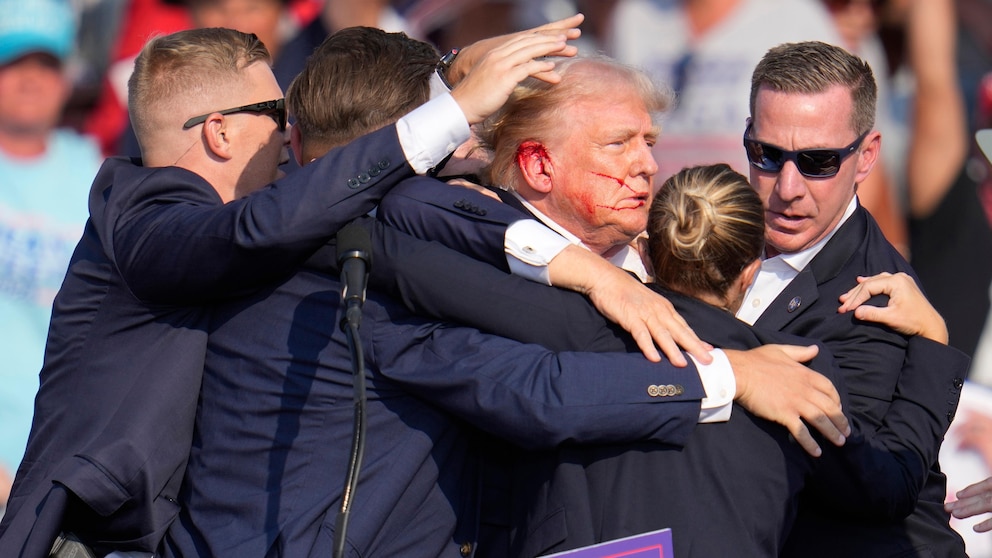The US Secret Service has identified critical failures in its security measures during the attempted assassination of former President Donald Trump at a July rally.
Acting Director Ronald Rowe Jr. cited “deficiencies in advance planning and implementation” and “complacency” among team members.
*Security Lapses Exposed*
Among the shortcomings were:
– Poor communication with local law enforcement
– Over-reliance on mobile devices, leading to siloed information
– Line-of-sight issues that were acknowledged but not properly mitigated
Rowe explained that a vital piece of information – a report of an individual on the roof of the AGR building – was not relayed over the Secret Service radio network. This lapse allowed shooter Thomas Matthew Crooks to open fire from the rooftop, injuring Trump and killing 50-year-old firefighter Corey Comperatore.
The incident led to the resignation of Secret Service Director Kimberly Cheatle and the placement of several agents on leave. Rowe emphasized the need for additional funding, personnel, and equipment to facilitate a “paradigm shift” from reaction to readiness.
In response, the US House of Representatives unanimously passed a bill to enhance Secret Service protection for presidential candidates. The bill awaits Senate approval and President Joe Biden’s signature.
A second assassination attempt last weekend at Trump’s Florida golf course underscored the need for heightened security. Rowe confirmed Trump now receives the same level of protection as the current president.
Trump has accused President Biden and Kamala Harris of inspiring the attempts through their rhetoric, but both have condemned the violence and urged increased resources for the Secret Service.
The Congressional task force investigating the attempt urged Rowe to hold employees accountable and cooperate with the independent investigation, stating, “Complacency has no place in the Secret Service.”


